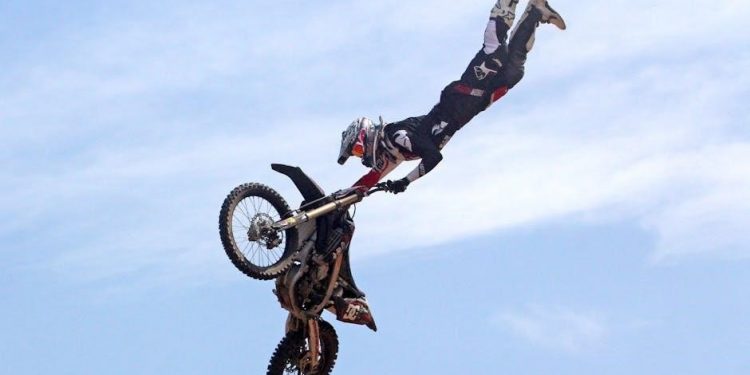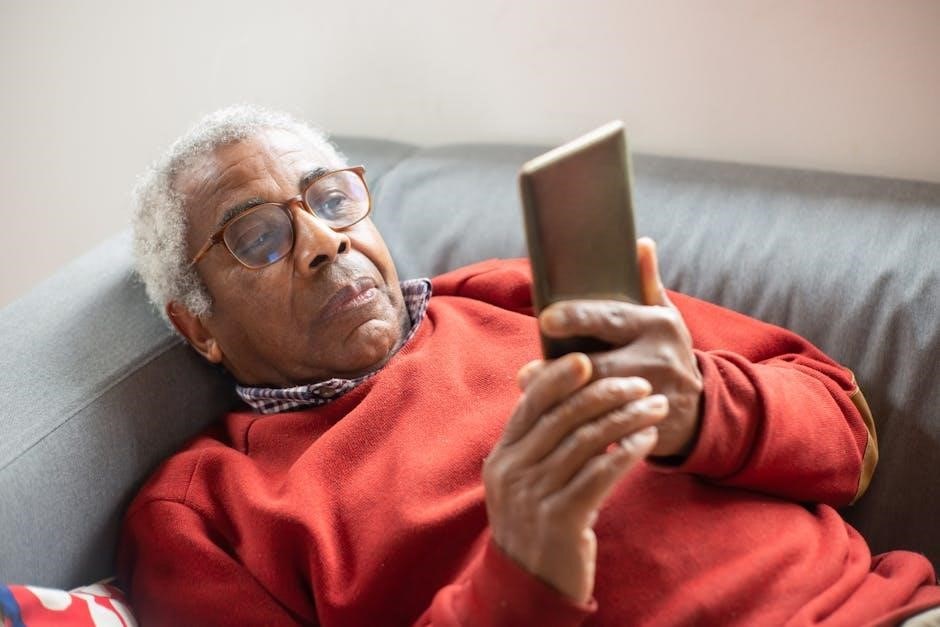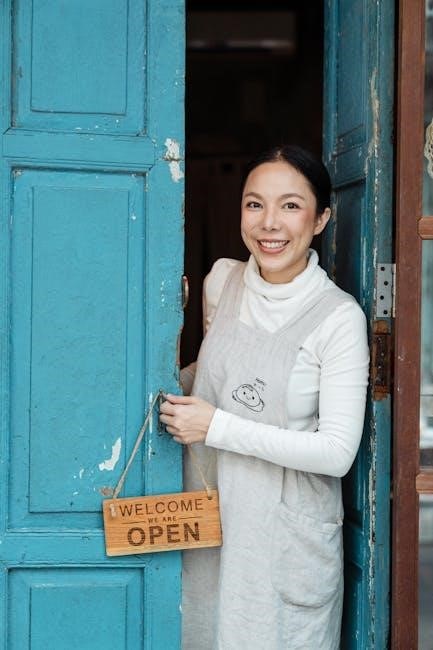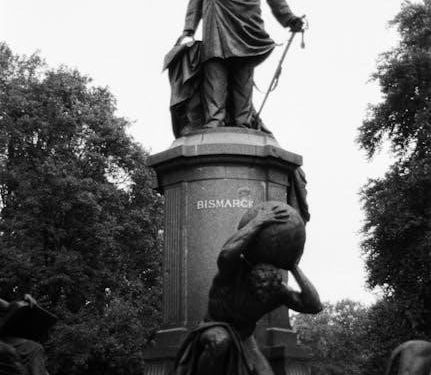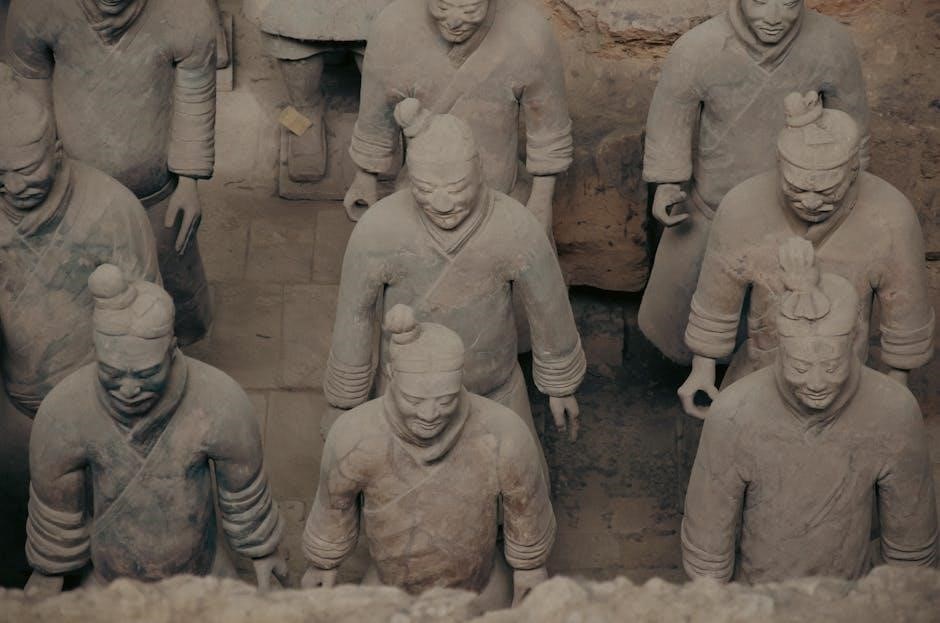The Wheel of Power and Privilege is a visual framework designed to help individuals recognize their position within societal power structures. It illustrates how social identities like race, gender, and class intersect to create unique experiences of privilege and marginalization. This tool is widely used in educational and advocacy settings to promote equity and inclusion by encouraging self-reflection and awareness of systemic inequities.
By mapping identities on a circular diagram, the Wheel highlights the proximity to privilege, with those closer to the center holding more societal advantages. It serves as a practical guide for understanding and addressing power imbalances, fostering conversations about social justice and systemic change.
1.1. Definition and Purpose of the Wheel
The Wheel of Power and Privilege is a visual framework that illustrates how social identities intersect to create systems of advantage and disadvantage. It is designed to help individuals recognize their position within societal hierarchies, emphasizing how power and privilege are distributed based on factors like race, gender, class, and ability. The purpose of the Wheel is to promote self-awareness, foster equity, and encourage dialogue about systemic inequities, serving as a practical guide for understanding and addressing power dynamics in various contexts.
1.2. Historical Context and Development
The Wheel of Power and Privilege emerged from critical theories like Critical Race Theory and intersectionality, aiming to visualize systemic inequities. Initially developed in educational settings, it adapted existing frameworks to address power dynamics. Over time, it evolved through contributions from educators and diversity consultants, integrating diverse identities and contexts. Its development reflects a growing need for tools that foster equity and inclusion, particularly in classrooms, to help individuals and groups understand and challenge societal hierarchies.

Understanding Social Identity in the Wheel
Social identity refers to how individuals define themselves based on group memberships, influencing their experiences of privilege or marginalization. The Wheel visualizes these intersections, emphasizing how identities like race, gender, and class shape power dynamics and societal inclusion.
2.1. Key Social Identities and Their Intersectionality
Key social identities, such as race, gender, class, sexuality, and ability, form the foundation of the Wheel of Power and Privilege. These identities interact in complex ways, creating unique experiences of privilege or marginalization. Intersectionality, a concept introduced by Kimberlé Crenshaw, highlights how overlapping identities can lead to compounded discrimination or privilege.
For example, a person’s race and gender may intersect to create distinct challenges or advantages. The Wheel visualizes these intersections, offering a tool to explore how societal systems affect individuals based on their multiple identities. This framework emphasizes that no single identity exists in isolation, and understanding their interplay is crucial for addressing inequities. By examining these intersections, individuals can better navigate power dynamics and advocate for inclusivity. The Wheel’s design encourages self-reflection and dialogue about how identities shape experiences of privilege and oppression.
2.2. How Social Identities Shape Power and Privilege
Social identities significantly influence an individual’s access to power and privilege, often unconsciously. Dominant groups, such as those with white skin, cisgender identities, or economic stability, frequently hold systemic advantages. These privileges can manifest as greater access to resources, social acceptance, and institutional support. Conversely, marginalized identities face structural barriers, limiting their opportunities and influence. The Wheel of Power and Privilege illustrates this dynamic, showing how identity-based power imbalances perpetuate inequality. Understanding these connections is essential for dismantling systemic inequities and fostering inclusive environments where all individuals can thrive equitably.
Power Dynamics in the Wheel
Power dynamics in the Wheel reveal how systemic and individual factors shape privilege and oppression. Dominant groups hold more influence, while marginalized ones face structural barriers, perpetuating inequality.
3.1. Systemic vs; Individual Power
The Wheel of Power and Privilege distinguishes between systemic and individual power, highlighting their interplay. Systemic power refers to institutional structures and norms that grant privilege based on identities like race, gender, and class. Individual power, however, is tied to personal influence or status. The Wheel visually represents how systemic power creates broader inequalities, while individual power operates within those systems, often reinforcing or challenging them. This duality helps users understand how privilege functions at both macro and micro levels, emphasizing the need to address systemic barriers to achieve equity.
- Systemic power: Embedded in institutions and societal norms.
- Individual power: Personal influence within systemic frameworks.
3.2. The Role of Privilege in Maintaining Power Structures
Privilege plays a critical role in sustaining power structures by granting unearned advantages to certain groups, often at the expense of marginalized communities. The Wheel of Power and Privilege illustrates how systemic privilege perpetuates inequality, as those closer to the center benefit from societal norms and institutions that reinforce their status. This can lead to the erasure of marginalized identities and the maintenance of oppressive systems. Recognizing and challenging these dynamics is essential to dismantling inequitable power structures and fostering a more just society.
- Privilege reinforces systemic inequalities.
- Unearned advantages perpetuate power imbalances.
- Awareness is key to challenging these structures.
Marginalized Communities and the Wheel
The Wheel of Power and Privilege highlights the systemic exclusion and erasure of marginalized communities, often positioned on the outer edges due to societal structures and biases.
4.1. Identity Erasure and Its Impact
Identity erasure occurs when marginalized groups are excluded from dominant narratives, rendering their experiences invisible. The Wheel of Power and Privilege illustrates this by positioning marginalized identities on the outer edges, reflecting societal exclusion. This exclusion perpetuates systemic oppression and limits opportunities for equitable representation.
The impact of identity erasure is profound, leading to emotional and psychological distress. It reinforces power imbalances, making it difficult for marginalized voices to be heard or valued. Addressing this requires intentional efforts to amplify and center these identities in discussions of power and privilege.
4.2. Strategies for Amplifying Marginalized Voices
Amplifying marginalized voices involves creating spaces where their stories and perspectives are centered. This includes active listening, allyship, and advocating for systemic changes. The Wheel of Power and Privilege emphasizes the need to recognize and challenge power dynamics that silence these voices.
Practical strategies include education, fostering inclusive environments, and providing platforms for marginalized individuals to share their experiences. By addressing identity erasure and promoting equity, these efforts help dismantle oppressive structures and foster a more inclusive society. Continuous learning and allyship are crucial in this process.

Practical Applications of the Wheel
The Wheel of Power and Privilege is a dynamic tool for fostering equity and inclusion. It is widely used in educational settings, workshops, and organizational trainings to analyze power dynamics, promote self-reflection, and guide actionable steps toward systemic change. By visualizing privilege and marginalization, it helps individuals and groups create more inclusive environments and address social inequities effectively.
5.1. Toolkit for Equity and Inclusion
The Toolkit for Equity and Inclusion provides practical resources to apply the Wheel of Power and Privilege in real-world scenarios. It includes exercises, workshops, and activities designed to help individuals and organizations identify and address power imbalances. The toolkit emphasizes self-reflection, allyship, and advocacy, offering strategies to create inclusive environments. By integrating these tools, users can systematically dismantle inequities and foster a culture of equity and social justice in various settings, from classrooms to workplaces.
5.2. Educational Curriculum and Activities
Educational curricula incorporating the Wheel of Power and Privilege focus on fostering equity and inclusion through interactive activities. These include the Social Identity Wheel worksheet, which helps students reflect on their identities and contexts. Activities like the Power Flower encourage self-assessment of privilege and its societal impact. The curriculum is designed to be adaptable, integrating into subjects such as history, English, and social studies. By engaging students in these exercises, educators promote critical thinking about power dynamics and inspire empathy-driven action to address systemic inequities.
The Wheel in Educational Settings
The Wheel of Power and Privilege is increasingly integrated into educational curricula to foster discussions on identity, power dynamics, and systemic inequities. It enables students and educators to reflect on societal structures and their individual positions within them, promoting empathy and equity in learning environments.
6.1. Integrating the Wheel into Classroom Discussions
Integrating the Wheel of Power and Privilege into classroom discussions fosters critical thinking about systemic inequities and social identities. Educators use the Wheel to guide students in exploring how power dynamics shape individual and collective experiences. Activities such as group discussions, reflective exercises, and identity mapping help students recognize their own positions within societal structures. This tool encourages empathy, inclusivity, and understanding, creating a space for open dialogue about privilege and marginalization. By engaging with the Wheel, students develop a deeper awareness of equity and social justice.
6.2. Case Studies of Successful Implementation
Case studies highlight the effective integration of the Wheel of Power and Privilege in educational settings. In Canadian classrooms, the Wheel was used to explore identity and privilege, fostering inclusive discussions. Universities incorporated the tool into diversity workshops, resulting in increased student awareness of systemic inequities. These implementations demonstrate how the Wheel can bridge theoretical concepts with practical applications, fostering empathy and understanding among diverse groups. Successful case studies emphasize the importance of tailored approaches to meet the unique needs of each educational environment.

Addressing Power and Privilege in Daily Life
Recognizing personal privilege and power is essential for fostering equity. Daily actions, such as allyship and advocating for marginalized voices, promote systemic change and inclusivity in society.
7.1. Recognizing and Reflecting on Personal Privilege
Recognizing personal privilege involves acknowledging the unearned advantages granted by societal systems based on identities like race, gender, and class. The Wheel of Power and Privilege helps individuals map their identities and understand how these intersect to create unique experiences of privilege or marginalization. Reflecting on these insights fosters empathy and accountability, encouraging individuals to leverage their privilege to advocate for equity and inclusion in daily interactions and broader systemic change.
Practical steps include journaling, engaging in open discussions, and seeking feedback to deepen self-awareness. This process empowers individuals to actively address power imbalances and contribute to a more just society.
7.2. Allyship and Advocacy Strategies
Allyship involves actively supporting marginalized communities by amplifying their voices and challenging systemic inequities. Strategies include listening without judgment, educating oneself about privilege, and advocating for policy changes. Using one’s privilege to speak up in spaces where marginalized voices are excluded is a powerful form of allyship.
Advocacy requires sustained effort, such as engaging in conversations, sharing resources, and participating in movements for justice. Effective allies prioritize accountability, continuously learning and adapting their approaches to align with the needs of marginalized communities, fostering a more equitable society.

Challenges and Criticisms of the Wheel
The Wheel of Power and Privilege faces criticism for oversimplifying complex social dynamics and potentially neglecting context-specific nuances. Some argue it may not fully capture individual experiences or systemic complexities, while others question its ability to address intersectional inequities effectively.
8.1. Limitations of the Model
The Wheel of Power and Privilege, while valuable for visualizing systemic inequities, has limitations. It simplifies complex social dynamics, potentially overlooking unique contextual factors. Critics argue that the model’s static nature fails to account for evolving identities and power shifts. Additionally, the categorization may not fully capture the nuances of intersectionality, potentially marginalizing certain voices. The tool’s reliance on self-reflection can also lead to misinterpretation without proper guidance, highlighting the need for complementary approaches to address its shortcomings effectively.
8.2. Addressing Criticisms and Evolving the Tool
To address criticisms, the Wheel of Power and Privilege must evolve by incorporating dynamic, context-specific factors and expanding its categories to better reflect intersectional nuances. Engaging diverse perspectives and regularly updating the model can enhance its relevance. Additionally, integrating educational resources and workshops can help users interpret and apply the tool more effectively. By fostering ongoing dialogue and adaptability, the Wheel can become a more inclusive and impactful framework for understanding and challenging systemic inequities in various settings.
The Wheel of Power and Privilege concludes with a focus on continuous learning and expanding its impact, ensuring equity and inclusion evolve in society.
9.1. The Importance of Continuous Learning
Continuous learning is essential for understanding and addressing power and privilege, as societal dynamics and individual experiences evolve. Educators and advocates must stay informed about intersectionality, systemic inequities, and emerging social justice issues. By engaging with diverse perspectives and resources, individuals can deepen their awareness and develop inclusive practices. This ongoing process fosters personal growth, empathy, and the ability to create meaningful change. Regular reflection and education ensure that efforts to dismantle privilege remain relevant and effective in an ever-changing world.
9.2. Expanding the Wheel’s Scope and Impact
Expanding the Wheel of Power and Privilege involves integrating it into diverse contexts, such as policy-making, workplace training, and community organizing. By collaborating with global organizations and incorporating diverse cultural perspectives, the Wheel can address unique challenges across regions. Leveraging technology, such as interactive digital platforms, can enhance accessibility and engagement. Continuous feedback from users ensures the tool evolves to meet emerging social justice needs, fostering widespread understanding and equity. This expansion amplifies its impact, creating a more inclusive and socially conscious global community.
